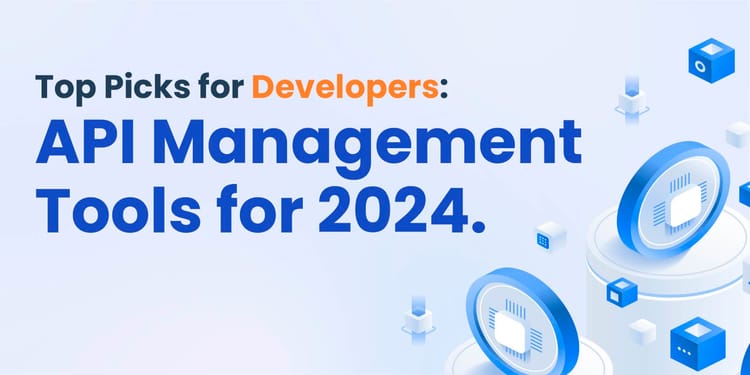DevOps is still relatively new to today’s tech world, stemming from the Agile practices of before. While not all teams have gone all-in on the DevOps methodology, the effects of it can be felt rippling through the industry.
As new technologies and ideas surface from the concept of improving DevOps, we’ve seen a lot of DevOps trends that are quickly rising to the forefront of the industry. So today, we’ve carefully chosen five of the most notable trends we think will make waves in the new year. But first, let’s talk about what happened over the last year.
What Happened Last Year in DevOps
Between 2021 and today, we’ve seen many familiar faces as far as trends go. The last five years alone have been rocking the tech world as we see companies shifting almost entirely to the cloud or new architecture ideas taking the world by storm. While some of these trends continue today, others have fallen to the wayside. Here are some of the most popular trends we saw over the last year:
- Containers have been around for a few years now, and they aren’t going away anytime soon. Kubernetes and their competitors offer a powerful way to scale as needed, giving DevOps teams much-needed flexibility. While it’s still a trend, it seems to have settled as a standard solution these days.
- Microservices follow a similar trend to containers, as they have been rising in popularity in recent years but now seem to have become commonplace. DevOps teams have benefitted from this new architectural style, as it allows for a greater separation of concerns across an application and enables devs to manage infrastructure much more manageably.
- Hybrid/Remote Work saw a dramatic increase over the last few years thanks to the pandemic. However, it’s also become a focal point for DevOps teams, as they need to rise and adapt to the new normal of these dispersed working environments.
Five Big DevOps Trends in 2023
As we move into the new year, we’ve seen a lot of new ideas and technologies rise in the DevOps world. While this is in no way a complete list, here are the five biggest DevOps Trends for 2023:
1. Serverless Computing
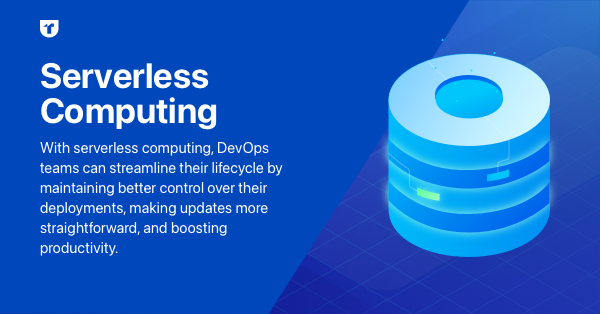
While it’s been around for a few years now, there are no signs of slowing down the adoption of serverless computing. Many DevOps teams are already working with modular components, making the transition to serverless options a no-brainer.
With serverless computing, DevOps teams can streamline their lifecycle by maintaining better control over their deployments, making updates more straightforward, and boosting productivity. It enables your DevOps team to separate from traditional cloud architecture by offloading the need to own and maintain infrastructure and cut costs with pay-for-use plans through popular serverless computing options.
2. Low-Code/No-Code

You may think that the future isn’t in these low-code or no-code solutions, but you’d be wrong. Gartner predicts that low-code will increase by almost 20% in 2023 with a surge of new companies and technologies adopting these tools. “Equipping both professional IT developers and non-IT personas — business technologists — with diverse low-code tools enables organizations to reach the level of digital competency and speed of delivery required for the modern agile environment.” said Varsha Mehta, the Senior Market Research Specialist from Gartner.
Low-code solutions aren’t just for non-developers to create applications. It can empower devs to step up their game and speed up their development process, and blend in existing IT operations with DevOps. It also allows DevOps teams to work together more efficiently, as they reduce overall complexity and can be set up quickly.
3. DevSecOps
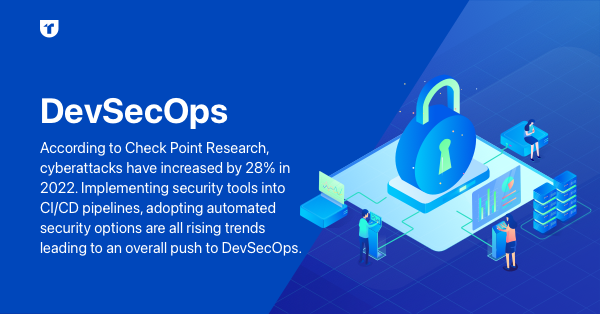
It comes as no surprise that security is at the forefront of today’s tech. According to Check Point Research, cyberattacks have increased by 28% in 2022, with no signs of slowing down anytime soon. This means that dev teams need to be even more vigilant with their security practices, and DevOps needs to keep security in mind, transitioning from traditional DevOps to DevSecOps.
Implementing security tools into CI/CD pipelines, adopting automated security options, and shifting the focus of security left are all rising trends leading to an overall push to DevSecOps. These tools and methodologies allow DevOps teams to track, monitor, and prevent security issues before they happen while still improving the overall speed and quality of the project.
4. Developer Experience
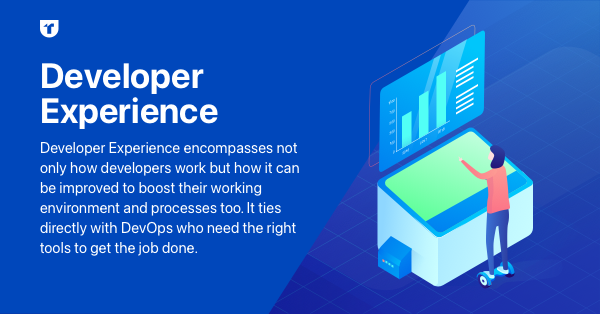
The pandemic brought with it a slew of changes to the DevOps world, with the most significant impact being an overall shift to prioritizing how your developers work and how to improve it. Developer Experience encompasses not only how developers work but how it can be improved to boost their working environment and processes too. It ties directly with DevOps, as devs are the central focus of the team, and they need the right tools to get the job done (and job satisfaction is one of them).
Without good developer experience, it’s easy to lose productivity and motivation in a team. It can also lead to employee burnout or turnover, as devs look elsewhere when their employers don’t prioritize them. Developer experience can be improved in many ways, including adding new tools and reformed processes to make their lives easier or implementing a remote or hybrid work plan. When you provide a good developer experience, your teams will flourish.
5. Automation
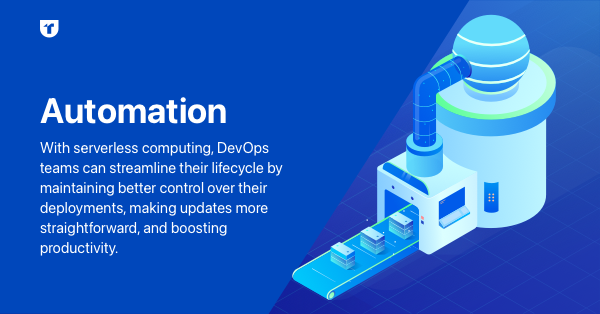
Coming in last on our list is something that has been all the rage over the last few years: automation. DevOps was born out of a need to speed up the development process by shortening the software development lifecycle, and automation is the key.
With automation in place, DevOps teams can improve their overall operation by cutting out simple, tedious tasks that don’t require human hands. We’ve seen automation integrated all across the development lifecycle, from automated testing and security to improving pull requests or automating deployment. By adopting automation, DevOps teams can enable their dev teams to get more done in less time by automating tasks within their processes.
The Wrap-up
The new year is nearly upon us, and with it, we will see a slew of new ideas and technologies. As the world evolves, we will continue to see recent DevOps trends in 2023, and there’s no telling how things will shake up as the year goes on.
While our list of the top five DevOps trends in 2023 may not cover all aspects of the industry, it gives you a solid understanding of what to expect as we ring in the new year, and shift into some semblance of normalcy after the last few crazy years.





